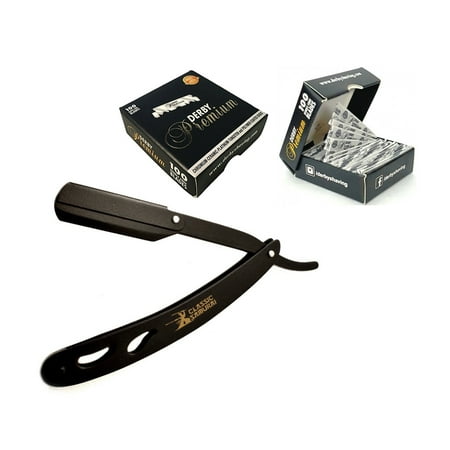BIC Soleil Shine Women’s 5 Blade Disposable Razor, 6 Count
Get confidently close with each stroke with the BIC Soleil Shine Disposable Razor. Featuring five flexible blades that adjust to the contours of the body, this women’s razor delivers BIC’s closest shave. The razor also has a Soothing Moisture Strip enriched with aloe vera and cocoa butter to enhance the glide along your skin as you shave. These disposable razors slip easily inside a gym bag or toiletry kit for quick, convenient touch-ups. This box includes 6 colorful razors.







BIC Soleil Shine Disposable Razor, 6 Count5 flexible blades for BIC’s closest shave for womenGet confidently close with each strokeSoothing Moisture Strip enriched with aloe vera and cocoa butter to enhance the glide Disposable razors slip easily into a gym bag, toiletry kit, or purse for convenient touch-ups Colorful handles with two soft gripping areasBox contains 6 women’s disposable razors





Reviews
There are no reviews yet.